I recently saw some bedroom furniture made of solid cherryrustic style. I liked the carefully matched wood, the neatly made joints, the fact that the less visible parts were as well worked as the visible ones. Unfortunately, if it had been in a store, it would have sold poorly or maybe not at all. Everything about the lacquering was far from fine. The lacquer had scum, it was applied unevenly and where it was thicker it made orange peel. It wasn't sanding between coats which is why the surface was rough. And the lacquer used was very glossy. I always say wood is very important, but furniture is sold by design and finish. This furniture was designed to emphasize that.
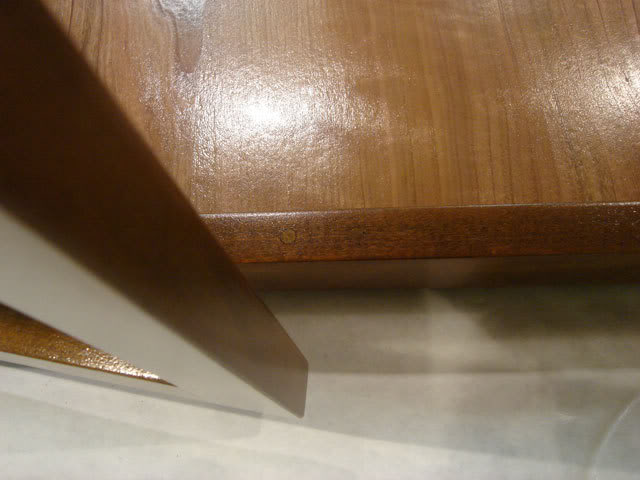
Around the same time, on Facebook, someone was asking what to finish the wooden furniture he had just finished. The question was asked in a profile group where there are many talented craftsmen. Unfortunately, some of the advice he received was far from helpful and showed exactly this lack of wood finishing experience. The problem is that there are no schools or places where you can learn how to varnish or varnish, learn about the characteristics of varnishes, be told which ones are best suited to the type of furniture or what their main characteristics are. Those who want to learn have to "steal" the craft from older people, from those who have worked abroad, or find out as much information as possible from the technicians of professional wood varnish and paint distributors. That is why I decided at some point to share some of the knowledge I have accumulated over the years.
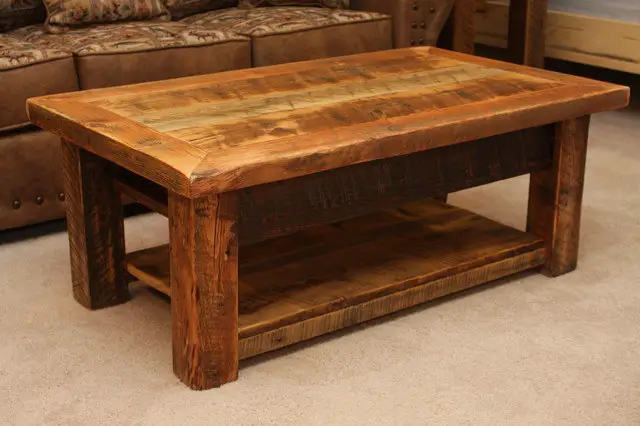
But back to rustic furniture. Rustic is a simple, peasant style of furniture characterized by a discreet finish and classic, natural colours. Folk craftsmen made furniture from wood that was primarily functional and embellished it with whatever elements they had to hand. This meant painting or carving flowers or animals, elements that defined their world.
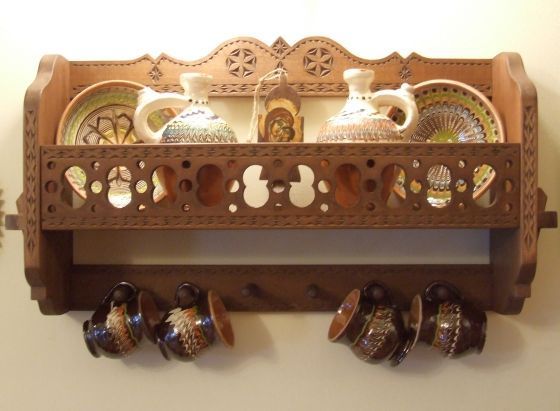
For coloring and protection they used natural materials - earths, pitch dissolved in turpentine or other natural dyes, waxes or wood oils. It would be best to use such materials for rustic furniture, but because they are hard to find, expensive, or not very durable, modern materials are often preferred.
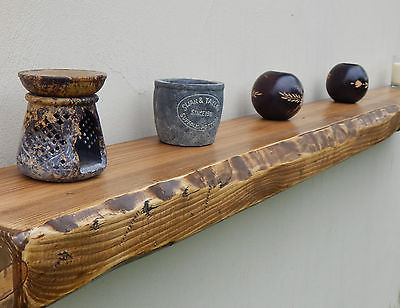
When using modern varnishes and paints, certain rules should be followed. In my opinion, the most important are:
- The layer of varnish applied should not be thick. Thick, plastic-like varnish will destroy the rustic look of the furniture. In addition, a thick coat of varnish may crack due to the natural movements of the wood.
- Use the lowest gloss varnish possible. Although gloss is appreciated by many, it has nothing in common with rustic furniture. Rustic means as natural as possible, and natural wood doesn't shine. Indeed, in DIY stores it is hard to find varnishes with different gloss levels. However, there are suppliers of professional wood varnishes that have such products. You can also find them in smaller packages at their distributors. For example, varnishes with natural effect. By applying such products the wood is protected, but it looks as if nothing has been applied on top. Unless, of course, many coats are applied.
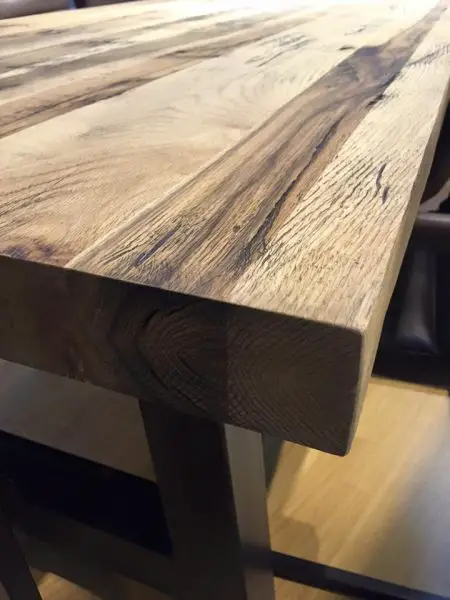
- Apply thin coats, add thinner to the varnish. The varnish will spread and settle much better.
- Apply at least 2 (thin) coats of varnish so that you can sand between layers. No matter how well the wood is sanded white, applying varnish raises the wood grain - more so when the products are water-based, less so with solvent. When the varnish dries, the varnish-soaked fiber becomes hard and the wood surface very rough. To make it smooth again, sand between coats with sandpaper of min. 240 grit or fine abrasive sponges. The next coat is applied after the sanded surface has dried.
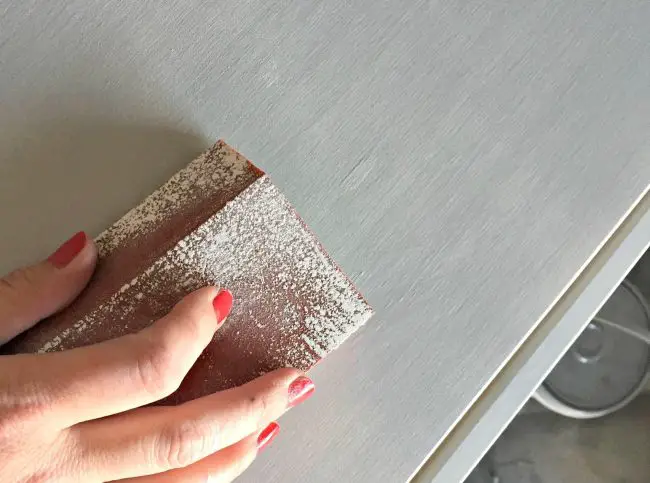
- Beware of colored varnish. It will give a plastic look to the wood, especially if the varnish is thick. The wood will look much better if you apply varnish first and then lacquer. The varnish will bring out the design of the wood and its natural beauty. If, however, you want a more uniform stain, apply a first coat of colored varnish (or colored primer), thinned, and then apply the colorless varnish.
Rustic furniture is simple and natural. Its main strength is the wood, its natural color and design, its unfinished shapes, cracks, knots. Covering the wood with thick, glossy layers of varnish, colored or not, makes it look plastic, which has nothing in common with rustic. So try to find the right finishing products. Otherwise, it's a shame both for the wood and the effort.
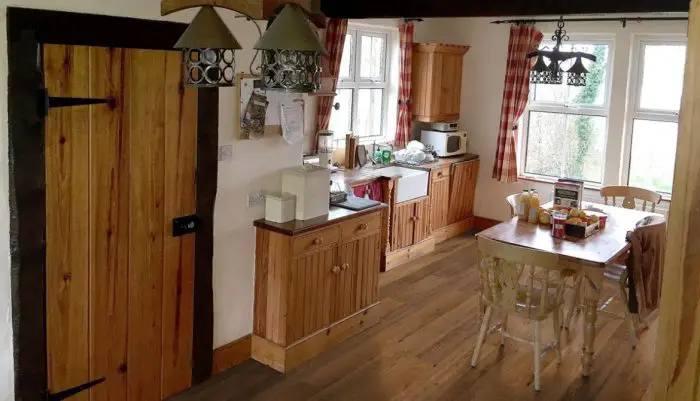

































Interestingly, I have also started to look at rustic tables and chairs from the roots and I am interested in several aspects regarding lacquering.
thanks for the advice
Greetings Mihaela from CC Giurgiu !!!
Thank you! I also greet with much affection all those who were and are at the Giurgiu Chemical Combine. My mail is mihaela.radu@cesbrands.ro. To memories that should be unraveled. 🙂
All the best!
Christ is Risen! Please give me some advice. I have 2 large wardrobes for clothes in the fir tree. They are new. I want to give them a dark brown water based bait and then paint them. Can I sand the corners before painting them. Or can't the two be combined. I don't want to turn kitsch or be too busy. I'd like something rustic, naturally a little elegant. Thank you for your time. Sincerely Elena
Hello.
I understand you want to sand the corners and edges to look old (shabby chic style). In this case it is not bad to combine the 2 techniques. On the contrary, if the sanding is not done very aggressively, it can look very good. Exactly how an old sixteenth century furniture would look like.
In order not to look kitsch everything should be done as naturally as possible. The sanding on the edges should be done as if the paint has worn off due to the passage of time.
I'm sure something beautiful will come out.
Good luck and all the best!